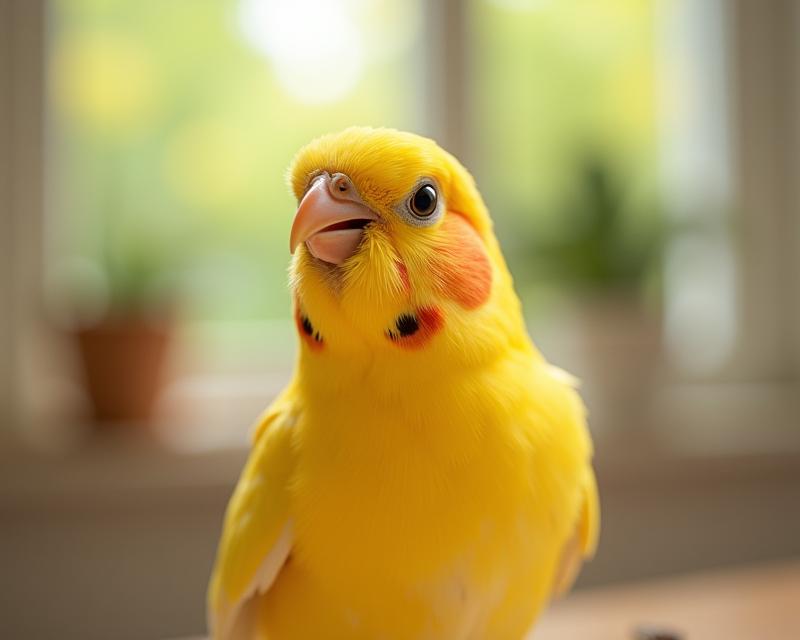Canary Shedding: Seasonal Changes & What to Do
Publish in General Care el 28/06/2025 18:50
Why is My Canary Shedding So Much?
If you're a canary owner, you've likely experienced the delightful (but sometimes messy!) process of molting. Molting is a natural and essential part of a canary's life cycle – it's how they replace old, worn-out feathers with new ones. Canaries typically molt once or twice a year, and the timing often coincides with seasonal changes. You might notice a sudden increase in feather shedding, and it can seem overwhelming!

Seasonal Shedding: A Common Occurrence
Just like humans, birds can experience changes in their feather growth patterns based on the seasons. As days get longer and temperatures rise in spring and summer, canaries often molt more heavily to prepare for breeding or simply to have a fresh, new coat for the warmer weather. Conversely, in the fall and winter, they may molt to replace feathers that have become damaged or worn down during the year. This seasonal shedding is perfectly normal and a sign of a healthy bird.
What Can You Do to Help?
While you can't stop your canary from molting, there are things you can do to make the process more comfortable for them and to manage the mess. Firstly, ensure your canary is getting a balanced diet rich in protein, vitamins, and minerals. A high-quality canary seed mix should be supplemented with fresh fruits and vegetables, especially leafy greens. These nutrients are crucial for healthy feather growth. You can also offer a small amount of calcium-rich foods like eggshells (baked and crushed) or cuttlebone.
Secondly, provide your canary with a humid environment. Dry air can irritate their skin and make the molting process more uncomfortable. You can increase humidity by misting your canary lightly with water a few times a week, or by placing a shallow dish of water near their cage. Avoid using aerosols or heavily scented cleaning products near the cage, as these can be harmful. Finally, be patient! Molting can be a stressful time for birds, so provide them with plenty of quiet and undisturbed rest. Regular, gentle handling can also help them feel more secure. If you notice excessive feather loss, signs of illness (lethargy, loss of appetite, changes in droppings), or skin irritation, consult an avian veterinarian.
Managing the Mess
Let's face it – molting means feathers *everywhere*! Regularly vacuum around the cage and consider using a lint roller on your canary to remove loose feathers. You can also designate a specific area for feather cleanup to make the task less daunting. Remember, this is a temporary phase, and your canary will soon have a beautiful, new coat of feathers!





